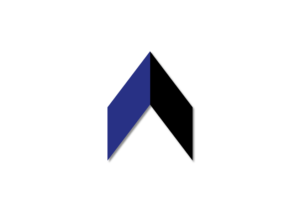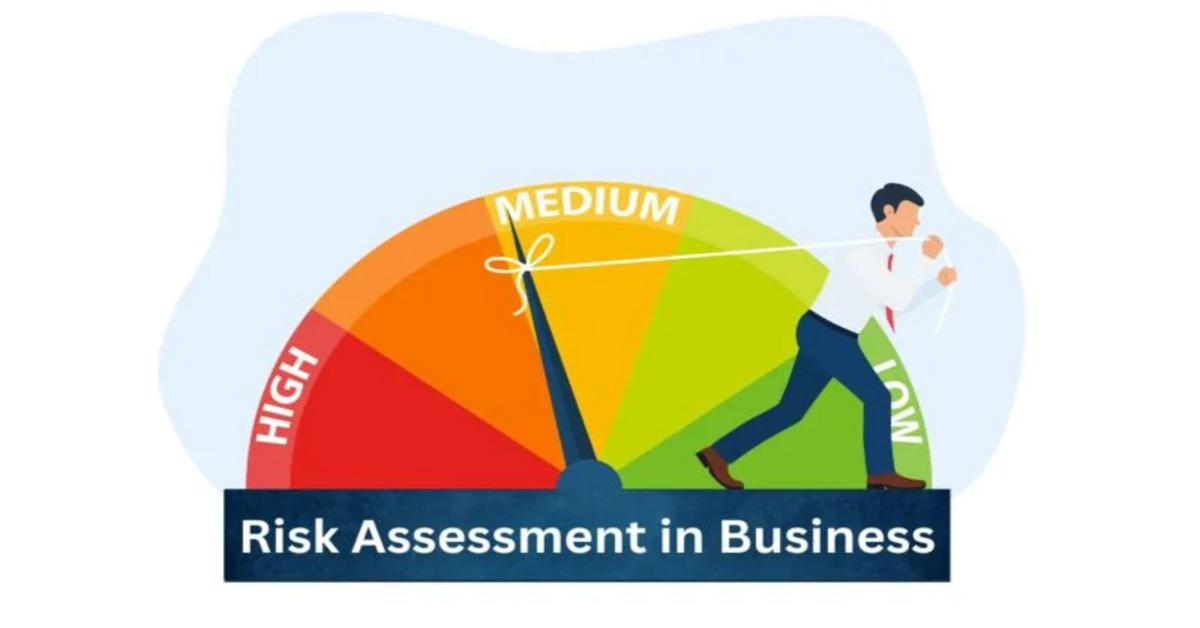When founders pitch their products, investors frequently ask this mundane but critical question. What is your current cash burn rate and cash runway? Founders cannot avoid answering this question; they must have a credible response.
Understanding of burn rate and cash runway is critical for founders because it allows them to make informed decisions about their company’s financial health and future. It assists them in managing investor expectations, planning for the future, and making strategic decisions that will lead to long-term success.
What is Cash Burn Rate?
The Burn rate is an essential indicator of how long the company can operate with its available cash reserve. It is expressed as a monthly rate.
The burn rate is an important metric for companies that are not yet profitable. These companies can be either startups or other companies. The burn rate is the total of all your operating expenses, such as salaries, rent, sales and marketing costs. It represents the expenditure that the organization is incurring finetuning its strategy, developing its products/ services, testing markets, and paying interest if the debt has been used to finance operations.
The Founder’s Business Plan consists of various strategic questions that need answers and the time and cost of finding those answers till the company reaches a certain level of steady and profitable revenue base. The total of monies that are needed to complete these activities is roughly the funding needs of the founders. Once this total spend is identified and allocated to time periods, burn rates will be established. Thus, the burn rate is not a constant number. Rather, it is a moving number that changes from month to month or quarter to quarter during the early journey of the startup.
It is important to understand that, in the context of most startups, a total cash burn is a flexible number; if they are able to answer the questions swiftly, there can be higher spending in the ensuing months, but they will reach a point of stability faster. In the absence of risk capital, founders need to prioritize spending on those tasks or actions that will assist in getting the next round of funding. In such a case, the immediate cash spent may be low, but the startup will take a longer period to reach stability.
Most investors are interested in the immediate few months’ cash burn rather than the total cash burn. The other reason for the interest in the immediate cash burn is that the underlying decisions leading to this cash burn would have been taken or are to be taken at the time of the current round of funding.
A high burn rate indicates that the company is spending money quickly, while a low burn rate suggests that the company is optimizing cash burn and probably waiting for a key event – the arrival of risk capital or an external critical event that can significantly impact the firm’s prospects.
Investors want founders to take calculated risks and be aggressive in testing their assumptions; however, profligacy in spending and inability to largely stick to a cash spend agreed with investors will lead to the start-up becoming less attractive for future investments. Hence, monitoring the burn rate is critical for realigning the strategy and fostering growth.
What are the types of Burn Rates?
Burn rates are classified into two types:
- gross burn rate
- net burn rate
The gross burn rate is the total amount of money a company spends on monthly operating expenses. They include the cost of goods sold, salaries, utilities, marketing, and other expenses. The burn rate is normally calculated as the average expenditure for the next 3 to 6 months. If the burn rate is mentioned without reference to a period, it normally means the next month’s burn rate.
The calculation formula for gross burn rate is = Gross Expenses/number of months
The net burn rate combines the company’s revenue and operating expenses. It is computed by deducting monthly revenue from monthly expenses. If the company has a positive revenues, its net burn rate will be lower than its gross burn rate. If revenue is negative, the net burn rate will be greater than the gross burn rate.
The formula for calculating net burn is Gross burn – (revenue -cost of goods sold) = Net burn.
The formula for calculating net burn rate = net burn/ number of months
How can firms reduce their burn rate?
A reduced burn rate is required to sustain and grow the business in the long run. This can be done by introducing a few tested and successful ways.
- Plan new revenue-generating strategies, such as expanding your customer base, implementing a new pricing strategy, entering new markets, and increasing sales.
- Staff reduction is a widely accepted practice that is carried out effectively around the world. Firms need to stop recruiting for extended periods, focus on outsourcing service functions like accounting and HR, and hire freelancers.
- Reducing unnecessary costs such as office space and travel and renegotiating vendor contract terms.
- Introduce technology wherever possible, such as routine task automation, outsourcing non-core functions, and increasing operational efficiency.
What is a cash runway?
Cash runway is a financial metric that measures how long a company can continue to operate before running out of funds. Since this calculation is done mainly by firms yet to taste profit, it helps them plan their resources efficiently and allocate them effectively.
The formula for calculation is = Current Cash balance / Burn rate
In general, a minimum of six months to 12 months of cash runway is needed for a startup to confidently execute its plans. Once the cash runway shortens, the startup needs to take action to ensure the burn rate is reduced and the cash runway is extended.
In the context of funding winter, the importance of having a good cash runway cannot be overstated. Where possible, debt funds should be used to augment the cash balance so that the overall cash runway is extended. Being ahead of the business milestones (achieving them with lesser burn and at a shorter period) and agreeing with existing investors helps the startup secure promised infusions of capital and also attracts new capital.
What are the differences between burn rates and cash runway?
The burn rate and cash runway are critical financial metrics to assess the company’s financial strength and health. These metrics evaluate startups and businesses that are not yet profitable. They do, however, represent distinct aspects of the financial situation. Let us know where they differ.
| Burn Rate | Cash runway |
|---|---|
| It measures how it spends its cash reserves. | It measures the amount of time a company has before it runs out of cash. |
| Calculated on a monthly basis, this figure represents how much money is spent each month to fund the organization’s operations. | Calculated by dividing the company’s current cash balance by its monthly burn rate. The outcome number represents the number of days the company can continue to operate before it exhausts its cash. |
Both metrics capture the company’s financial health from different perspectives and must be used in tandem to provide a complete picture of the company’s financial position.
Closing thoughts:
There are numerous startups that are unable to control their burn rates due to a lack of experience in planning. It is important to understand that the key in cash burn management is not cutting down expenditure; it is planning key business milestones with optimum cash burns, and, where the market situation demands it, being able to change the spending plan in view of resources in hand. Because they do not receive proper guidance, these firms script their premature end. Our company, Astravise, is in the business of assisting businesses in covering up gaps in planning and execution. Our teams have the expertise to identify gaps in startup business models, allowing them to optimize their burn rates and cash runway while increasing the firm’s revenue.








